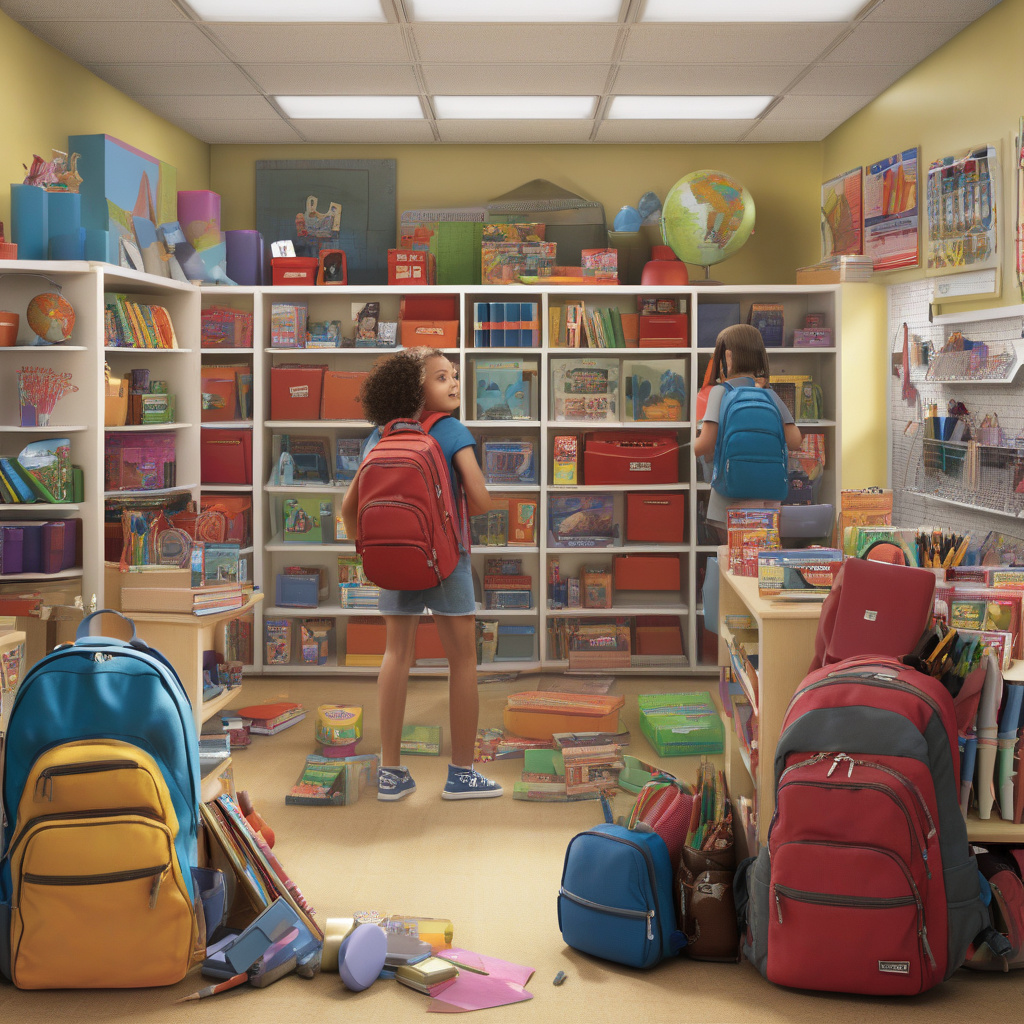Back-to-School Spend Projected to Hit $30.9 Billion
As summer winds down and students prepare to return to classrooms, retailers are gearing up for one of the most significant shopping seasons of the year. Back-to-school spending is projected to reach an impressive $30.9 billion in 2023, reflecting a steady increase from previous years. This surge in expenditure presents a wealth of opportunities for businesses, but it also demands a strategic approach to capture the attention of price-sensitive consumers.
The National Retail Federation (NRF) estimates that families with children in grades K-12 will spend an average of $890.07 this year on back-to-school items, up from $849.10 in 2022. This increase can be attributed to several factors, including inflation, the rising costs of supplies, and a renewed interest in in-person learning experiences. As parents and students both prepare for the academic year, this substantial spending forecast underscores the importance of effective marketing and product offerings.
The back-to-school season typically runs from late July through early September, and it encompasses a range of categories including clothing, electronics, school supplies, and dorm essentials. Among these, clothing remains the largest expenditure category, with families planning to spend an average of $290.00 this year—an increase of nearly 10% from last year. Retailers should focus on promoting trendy apparel and essentials that resonate with students while also appealing to parents seeking value.
In addition to clothing, another key area of spending is technology. With remote learning and digital tools becoming integral to education, parents are increasingly investing in laptops, tablets, and other electronic devices. According to the NRF, families are expected to spend around $267.00 on electronics for their students this year. Retailers in the tech space should consider bundling products or offering financing options to make purchases more accessible, especially for larger ticket items.
School supplies, which include backpacks, notebooks, and writing instruments, are also essential budget items. Families are projected to spend an average of $168.00 on these items, reflecting a slight increase from 2022. Retailers can attract customers by creating attractive promotions or offering discounts for bulk purchases. For instance, buy-one-get-one promotions or loyalty rewards can incentivize families to shop for all their needs at a single store.
Another trend shaping back-to-school shopping is the growing emphasis on sustainability. Many parents and students are now prioritizing eco-friendly products, from recycled notebooks to sustainably produced clothing. Retailers that highlight their commitment to sustainability can differentiate themselves in a crowded marketplace. For example, promoting brands that use organic materials or reduced plastic packaging can appeal to environmentally conscious consumers.
In addition to product offerings, effective marketing strategies are essential to capitalize on the back-to-school rush. Digital marketing plays a crucial role, particularly as more consumers turn to online shopping for convenience. Retailers should invest in targeted social media campaigns, email marketing, and search engine optimization (SEO) to ensure their offerings are visible to shoppers. For instance, utilizing keywords such as “back-to-school deals,” “school supplies,” and “affordable clothing” can help retailers rank higher in search results, driving traffic to their websites.
Moreover, it’s essential to consider the timing of promotions. Many families begin their shopping earlier than ever, often starting in late July. Retailers that launch their back-to-school campaigns early can capture this audience and establish brand loyalty before competitors. Offering exclusive early-bird discounts can also create a sense of urgency and encourage shoppers to make their purchases sooner rather than later.
As the back-to-school season approaches, businesses must remain mindful of economic factors that may influence consumer behavior. While the projected spending indicates optimism, uncertainties such as inflation and economic conditions could impact families’ purchasing decisions. Retailers should be prepared to adjust their strategies accordingly, whether that means providing flexible payment options or offering price-matching guarantees.
In conclusion, the projected $30.9 billion in back-to-school spending presents both challenges and opportunities for retailers. By understanding consumer trends, focusing on value, and implementing strategic marketing initiatives, businesses can effectively capture the attention of shoppers during this critical shopping season. As students gear up for another academic year, the way retailers respond to their needs will undoubtedly shape their success in this competitive market.
backtoschool, retailtrends, consumerbehavior, spendingforecast, marketingstrategies
